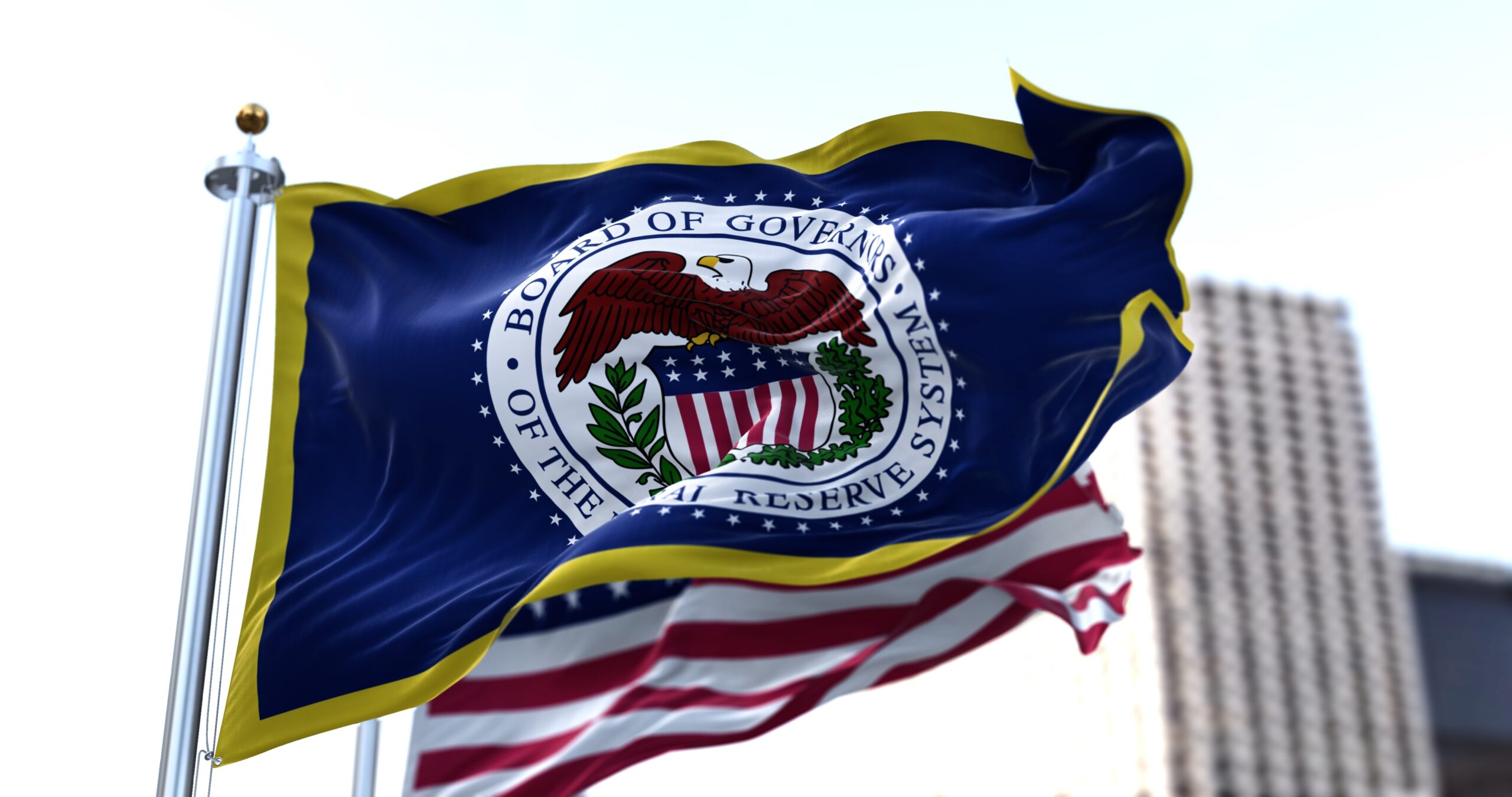
Key takeaways
- Inflation continues to be the dominant factor driving markets, and the Consumer Price Index (CPI) report for August suggests any relief may still be a ways away
- The overall CPI rose only 0.1% in August, largely driven by an 11% decline in gasoline prices
- U.S. stock and bond prices fell sharply in the immediate aftermath of this report
- While this CPI report was disappointing, we still believe that the inflation rate may have already peaked given the broader range of data that supports this
Inflation continues to be the dominant factor driving investment markets, and the Consumer Price Index (CPI) report for August suggests any relief may still be a ways away.
Here are our thoughts on what this report said and how it might be influencing your investment portfolio.
What happened: Inflation accelerated in August
According to Bloomberg, economists expected inflation to come in quite slow on falling gasoline prices in August.
That did happen. The overall CPI only rose 0.1% in August, driven mainly by an 11% decline in gasoline prices.
The problem is that just about everything else rose faster than expected. Excluding food and energy, consumer prices rose 0.6%, up from 0.3% last month—in line with the troubling CPI reports in May and June. The increases were broad-based, with items like apparel, cars, shelter, and medical care all rising faster in August compared to July.
What to know: Inflation may have peaked
While this CPI report was disappointing, we still believe that the inflation rate may have already peaked. Looking at a broader range of data, many forces appear to be working against inflation reaccelerating.
- Crude oil prices are down 27% since peaking in June.
- Gasoline prices have fallen 26% since June.
- Used car prices have fallen 11% since January.
- Consumer spending has slowed, rising at a 6.7% annualized pace over the last three months, down from 12.9% for the first four months of the year
- New home sales are down 33% from the 2021 monthly average.
- Job growth has slowed, with the economy adding an average of 378,000 new jobs per month over the last three months, down from 493,000 from December to May.
All of these items slowing is encouraging. Note that how the CPI is calculated sometimes results in certain price changes only reflected in the report after a lag.
For example, the Manheim Used Car Index, which tracks used cars sold at auction, shows prices are down 11% since January. However, the Used Car component of CPI is only down 1.6% over that same period.
Similarly, one of the biggest contributors to inflation this month was “owner’s equivalent rent,” which is a somewhat complicated estimation of the cost of housing for homeowners. This component accelerated in August, whereas most estimates of housing prices are either declining modestly or barely rising.
In the big picture, inflation is an imbalance of supply and demand, I.e., there’s more spending than the economy can handle. Therefore we do not think it is reasonable to expect inflation to decline without slower spending.
That’s why things like weaker consumer spending and new home sales are actually good news. In addition, consumers are likely to keep spending at a robust pace as long as wage growth is unusually high.
Perhaps if demand for new workers slows that will also slow wage growth.
Once money is tight, inflation will likely decline
As we said above, inflation occurs because of an imbalance between supply and demand. Therefore the Fed’s job is to curb spending enough to bring the economy back into balance. They accomplish this by raising interest rates (which they’ve done at a historic pace so far this year).
When interest rates are hiked, big purchases could potentially become uneconomical. For example, businesses typically borrow cash from banks to pay for things like construction projects and equipment purchases, while consumers borrow money for large ticket items like homes and cars. If borrowing costs become too high for consumers, spending will slow down.
It is hard to know exactly how much spending needs to slow down to reach this balance. However, we think that inflation should steadily decline once the balance is achieved.
Think of it like melting an ice cube. If the temperature is 30 degrees, the ice won’t melt at all. But once you get it above 32 degrees, it will steadily melt until it is gone.
The Fed just needs to clear the threshold where higher interest rates slow spending by enough to be balanced with supply. Like the melting ice cube, inflation won’t disappear all at once. But once they see it start to melt, the Fed will know it has hiked enough.
What does this mean for the Fed?
Based on this CPI report, the Fed isn’t seeing any water dripping off that ice cube just yet, so we can probably expect a few more rate hikes in 2022. Fed Chair Jerome Powell recently said, speaking about inflation, “We will keep at it until we are confident the job is done.”
He is saying that the Fed is committed to bringing down inflation, regardless of other consequences. Fed Governor Christopher Waller recently said that “the consequences of being fooled by a temporary softening in inflation could be even greater now if another misjudgment damages the Fed’s credibility.”
We think this CPI report probably removes any doubt that the Fed will hike by 0.75% in their September 21 meeting. This will be the third meeting in a row where the Fed hiked by that degree.
The jury is still out on whether the Fed could downshift the pace of hikes in their November or December meetings. There will be two more CPI reports, two Core Personal Consumption Expenditure reports (the Fed’s favored inflation measure), and a myriad of other economic indicators.
Our view is that the Fed will keep hiking at an aggressive pace as long as inflation indicators are running this high, but also that the Fed could change gears quickly if inflation subsides.
Waller said that he would be looking for a “meaningful and persistent moderation” of inflation before stopping rate hikes. Fed Chair Powell and others have used similar language.
So what would constitute “meaningful and persistent?” It probably isn’t about any one statistic. The Fed would want to see that actual inflation measures have declined, but that other related economic statistics have also slowed, lending more credence to the idea that inflation has peaked. This probably includes consumer spending, home prices, and wage growth.
Regarding what “persistent” could mean, Fed officials have hinted that they are likely to be hiking for the balance of 2022. This probably tells us that “persistent” needs to be a period of 5-6 months.
Between now and the Fed’s first meeting of 2023, there will be four more CPI reports. So the Fed will have six months of data to examine at that meeting to determine if “meaningful and persistent moderation” has occurred.
What this means for you
U.S. stock and bond prices fell sharply in the immediate aftermath of this report. As we said above, the Fed needs to slow overall spending growth to bring inflation down. That certainly poses some risks to company profits, as slower spending probably means less revenue for corporations, all else being equal. We believe investors already expect profit growth to slow significantly in the second half of 2022, but the more aggressive the Fed has to be to fight inflation, it raises the risk of profits slowing all the more.
However, looking more holistically at the data, the right things appear to be happening for inflation to subside. Of course, the Fed will keep up its aggressive tone in fighting inflation, but that could change suddenly if the data cooperates.
Moreover, stock prices already reflect a material slowdown in company profits, which we think means there is considerable upside whenever the Fed finally does pause rate hikes.
Final word
In conclusion, our optimism regarding the 2023 U.S. economy is increasing, and we recommend clients remain fully invested.
Above all, don’t panic. Stay the course and in the long run the market will likely correct itself.
A CFP® Professional at Facet can help you manage every aspect of your financial life, including your investments, and help you make the financial decisions that are best for you.


